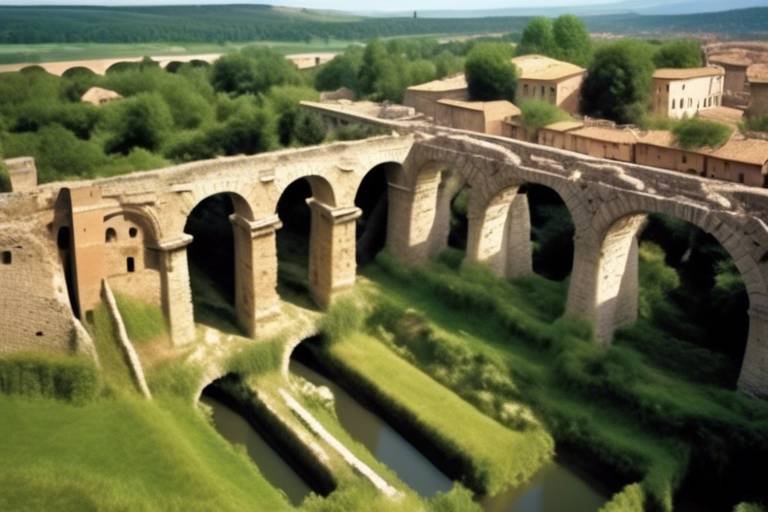The Enigma of the Ancient Mesopotamian Religions
Step into the mystical world of ancient Mesopotamian religions, where gods and goddesses reigned supreme, and rituals intertwined with everyday life. The enigma of Mesopotamian beliefs beckons us to unravel the complexities of their cosmology and unearth the secrets of one of the earliest civilizations in history.
Imagine a pantheon of deities, each with their own domain and power, shaping the lives of the Mesopotamian people. From the mighty Enlil, the god of wind and storms, to the wise Ea, the god of wisdom and magic, the divine hierarchy reflected the diverse aspects of human existence.
As the sun set over the ancient city-states, rituals and ceremonies unfolded, invoking the blessings of the gods and goddesses. Priests and priestesses donned elaborate attire, chanting incantations and offering sacrifices to ensure prosperity, fertility, and protection for the community.
Mythology wove a tapestry of epic tales, from the creation of the world to the heroic deeds of Gilgamesh. These stories not only entertained but also served as moral lessons, guiding the Mesopotamians in their quest for spiritual enlightenment and understanding of the universe.
The role of priests and priestesses was pivotal in maintaining the cosmic order and mediating between the earthly realm and the divine. Through divination and prophecy, they sought to decipher the will of the gods, providing guidance and counsel to those in need.
Temples stood as beacons of faith, towering monuments dedicated to the gods and goddesses. Within their sacred walls, rituals were performed, prayers were offered, and the community gathered to celebrate festivals and seek solace in times of joy and sorrow.
Death was not the end but a transition to the afterlife, where the soul embarked on a journey guided by ancient beliefs and funerary practices. Burial rites honored the deceased, ensuring a peaceful passage to the realm of the dead and eternal rest in the embrace of the gods.
The legacy of Mesopotamian religion echoes through the annals of history, influencing art, literature, and spiritual thought in later civilizations. The enigma of their beliefs continues to captivate our imagination, offering a glimpse into the enduring mysteries of the ancient world.
As we delve into the depths of Mesopotamian religions, we are confronted with a tapestry of traditions, beliefs, and practices that shaped the lives of a civilization lost to time. The enigma of their faith beckons us to explore, to question, and to marvel at the enduring legacy of one of the world's oldest religious systems.
Q: What were the main deities worshipped in ancient Mesopotamia?
A: The Mesopotamians worshipped a diverse pantheon of gods and goddesses, including Enlil, Ea, Inanna, and Marduk, each representing different aspects of nature and human life.
Q: What role did priests and priestesses play in Mesopotamian society?
A: Priests and priestesses served as intermediaries between the mortal realm and the divine, conducting rituals, interpreting omens, and guiding the community in matters of faith and spirituality.
Q: How did Mesopotamians view the afterlife?
A: Mesopotamians believed in a complex afterlife journey, where the soul faced judgment and embarked on a perilous voyage to the underworld, guided by rituals and funerary practices.
Q: What impact did Mesopotamian religion have on later cultures?
A: The religious beliefs and practices of ancient Mesopotamia influenced subsequent civilizations, shaping art, literature, and religious thought for generations to come.
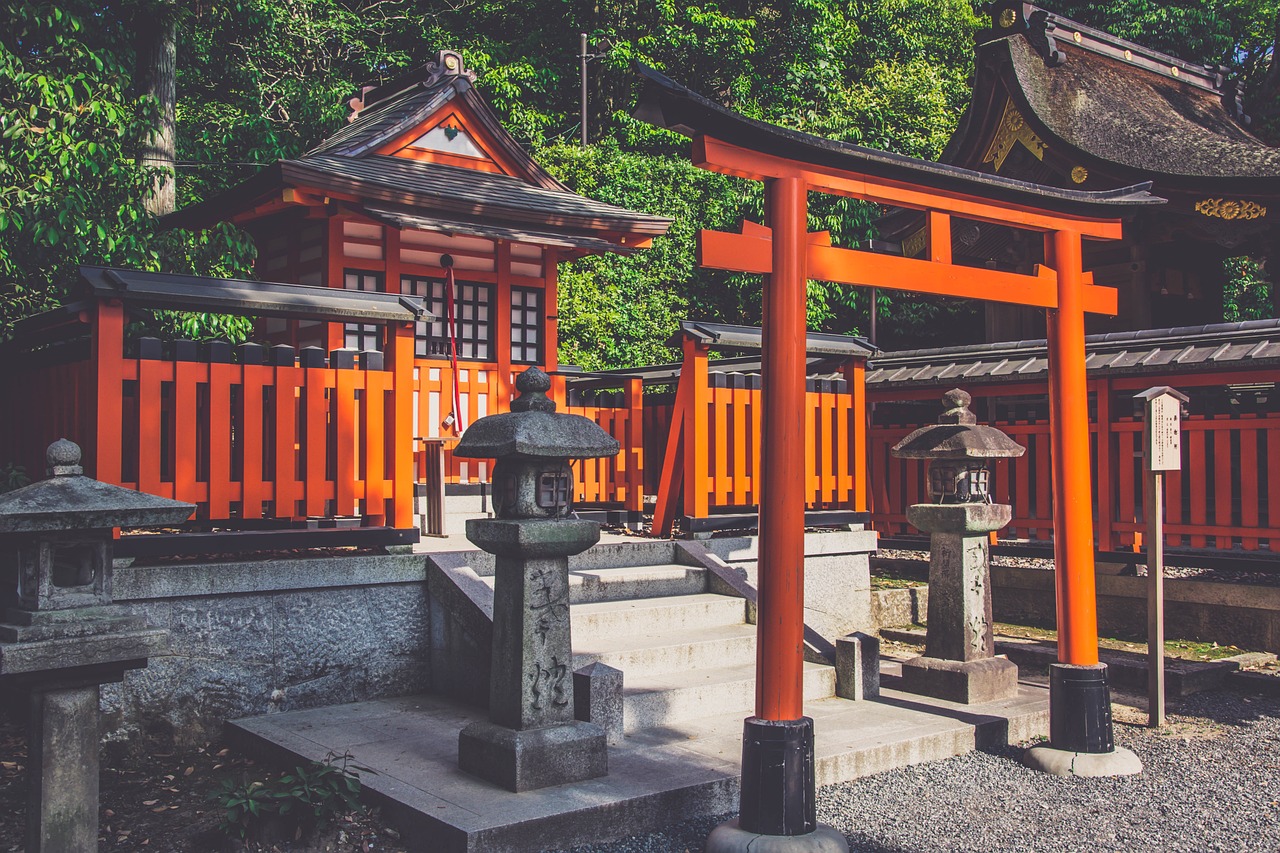
The Pantheon of Mesopotamian Deities
When delving into the enigmatic world of ancient Mesopotamian religions, one cannot ignore the vast and diverse pantheon of deities worshipped by the ancient Mesopotamians. These gods and goddesses played crucial roles in the religious beliefs and practices of this ancient civilization, each possessing unique characteristics and powers that influenced various aspects of life.
Among the most prominent deities in the Mesopotamian pantheon were Enlil, the god of wind and storms, known for his role as the chief deity; Inanna, the goddess of love and war, revered for her beauty and power; and Ea, the god of wisdom and magic, considered the creator of mankind. These deities, along with a multitude of others, formed a complex and intricate web of divine beings that governed the universe according to Mesopotamian beliefs.
Furthermore, the Mesopotamians believed in a hierarchy among the gods, with certain deities holding more power and influence than others. This hierarchical structure shaped the religious practices and rituals performed to honor and appease these gods, ensuring harmony and balance in the cosmos.
Moreover, the Mesopotamian pantheon was not limited to major deities but also included lesser gods and goddesses responsible for specific aspects of life, such as fertility, agriculture, and craftsmanship. These lesser deities played essential roles in everyday existence, guiding and protecting individuals in their respective domains.
Overall, the pantheon of Mesopotamian deities reflects the intricate and multifaceted nature of ancient Mesopotamian religious beliefs, highlighting the importance of divine beings in shaping the worldview and practices of one of the earliest civilizations in history.

Rituals and Ceremonies in Mesopotamian Worship
When delving into the realm of ancient Mesopotamian worship, one cannot overlook the intricate rituals and ceremonies that formed the core of religious practices in this civilization. These rituals were not mere formalities but rather profound expressions of devotion and reverence towards the pantheon of deities that governed various aspects of life.
One of the central rituals in Mesopotamian worship was the act of offering sacrifices to the gods. These sacrifices ranged from simple offerings of food and drink to elaborate ceremonies involving the slaughter of animals. The belief was that through these offerings, mortals could establish a connection with the divine realm and seek blessings for prosperity, health, and protection.
Moreover, the Mesopotamians held festivals and ceremonies throughout the year to celebrate and honor their gods. These events were marked by feasting, music, dance, and prayers, creating a vibrant tapestry of communal worship and cultural expression. The festivals served not only as religious observances but also as occasions for social cohesion and unity among the people.
Another significant aspect of Mesopotamian worship was the performance of magical rituals and incantations by priests and priestesses. These rituals were believed to harness the supernatural forces of the gods to influence the natural world and protect against malevolent spirits. The intricate knowledge of magical practices was passed down through generations, shaping the mystical fabric of Mesopotamian religious life.
Furthermore, the Mesopotamians constructed elaborate ziggurats and temples as sacred spaces for conducting rituals and ceremonies. These architectural marvels stood as physical manifestations of the connection between the earthly realm and the divine realm. The rituals performed within these sacred spaces were seen as essential for maintaining cosmic order and harmony in the universe.
In conclusion, the rituals and ceremonies in Mesopotamian worship were not just formalities but profound expressions of faith and devotion that shaped the religious identity of this ancient civilization. Through sacrifices, festivals, magical practices, and sacred spaces, the Mesopotamians sought to establish a harmonious relationship with their gods and ensure the well-being of their society.
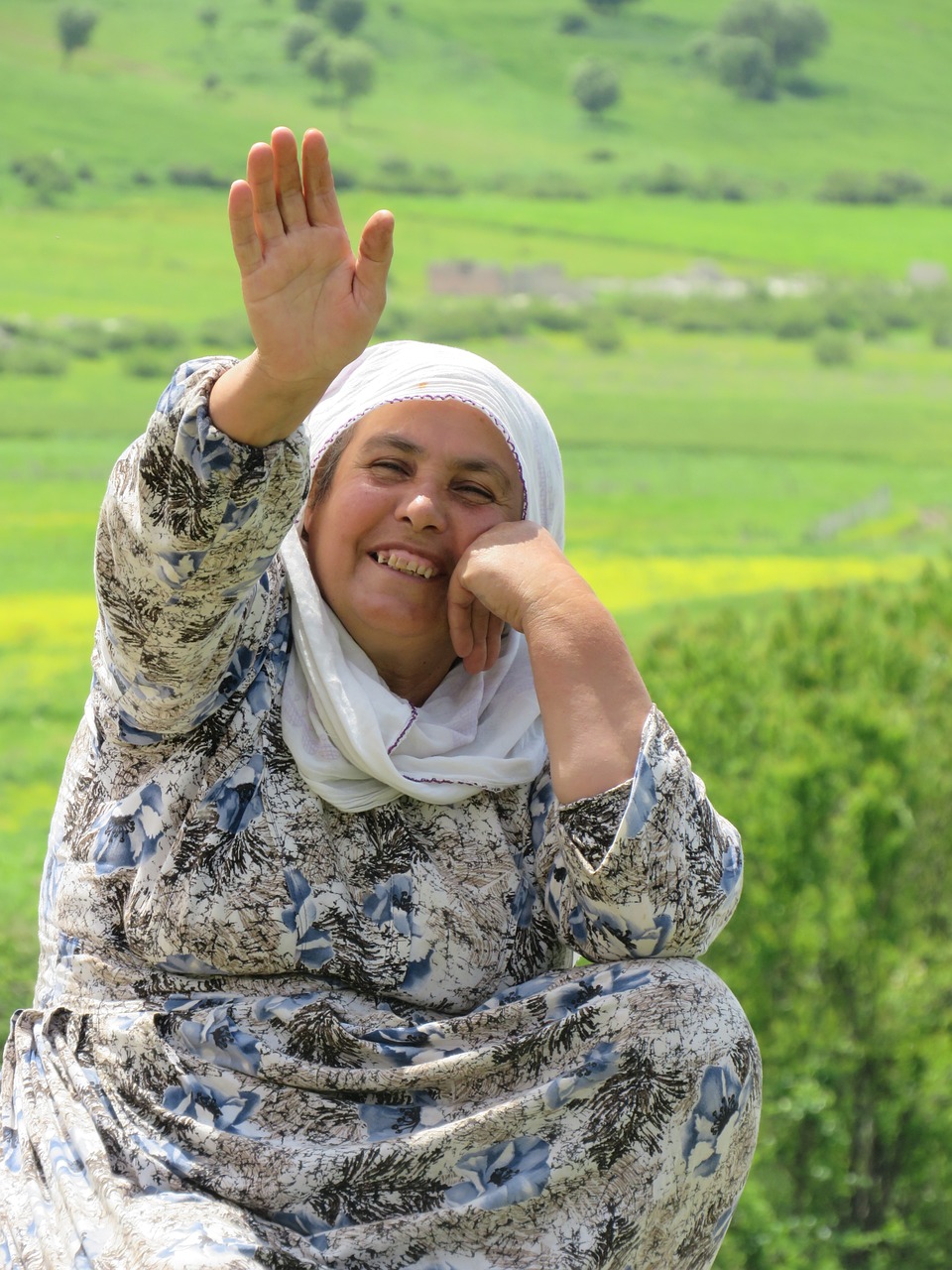
Mythology and Epic Tales of Mesopotamia
Mythology and epic tales in ancient Mesopotamia were not merely stories but intricate narratives woven with layers of symbolism and meaning. These tales served as a cultural compass, guiding the Mesopotamian people through the complexities of life and the supernatural realm. One of the most famous epic tales is the Epic of Gilgamesh, which follows the adventures of a legendary king seeking immortality. Through this epic, themes of friendship, mortality, and the search for meaning are explored, resonating with universal human experiences.
The Mesopotamian mythology was populated by a diverse cast of deities, each embodying different aspects of nature and human existence. From the wise Enki, god of water and wisdom, to the fierce Ishtar, goddess of love and war, these gods and goddesses played pivotal roles in shaping the world and influencing the lives of mortals. The myths surrounding these deities were not just tales of divine power but reflections of human virtues and vices, offering moral lessons and insights into the complexities of the human condition.
One of the central themes in Mesopotamian mythology was the eternal struggle between order and chaos, embodied by the conflict between the gods and the forces of primordial chaos. The epic battles and cosmic dramas depicted in these myths symbolized the ongoing battle for control over the natural and supernatural realms, mirroring the struggles and triumphs of human civilization.
Moreover, the Mesopotamian epic tales were not just entertainment but served as educational tools, transmitting cultural values, historical knowledge, and religious beliefs from one generation to the next. Through oral traditions and written texts, these stories preserved the collective memory of the Mesopotamian people, ensuring that their heritage would endure through the ages.
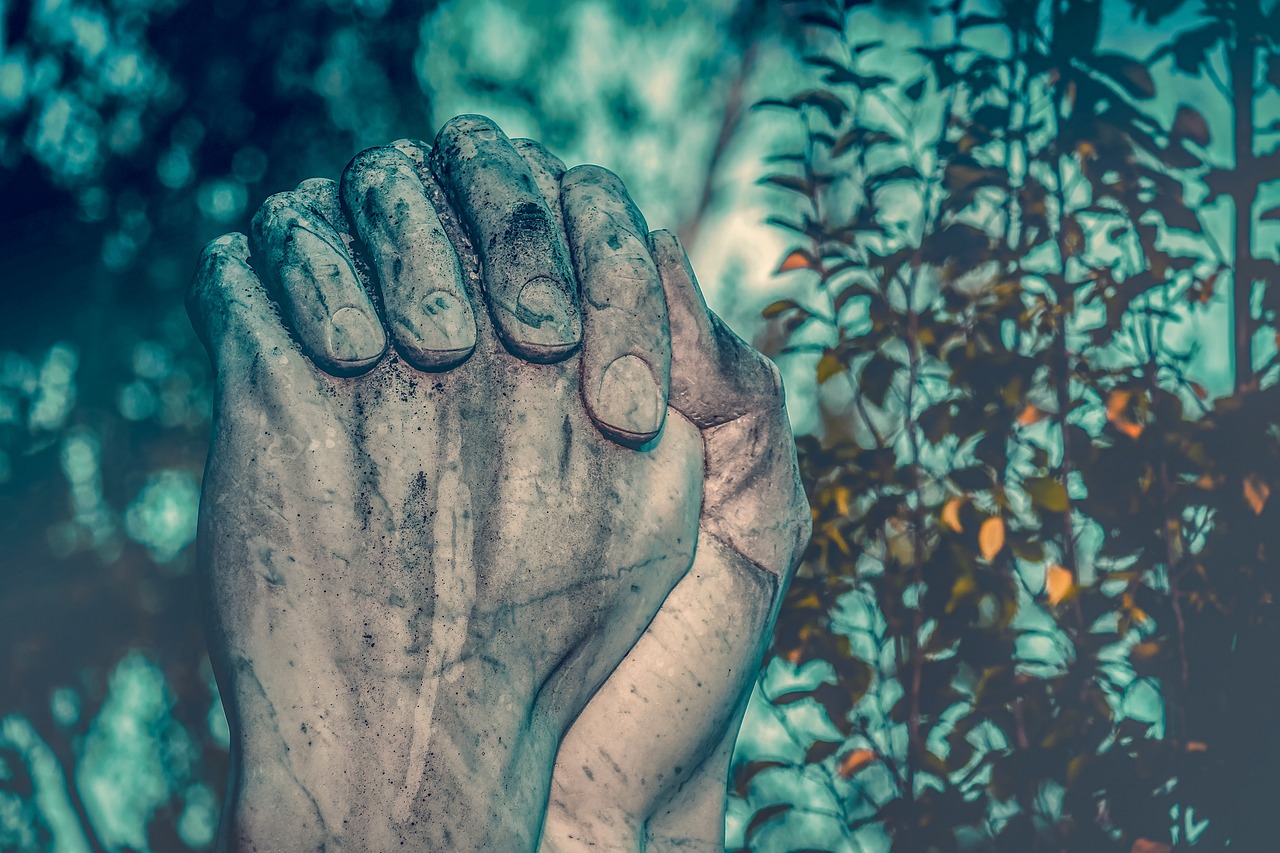
The Role of Priests and Priestesses
In ancient Mesopotamia, the role of priests and priestesses was paramount in maintaining the connection between the mortal realm and the divine. These religious figures held significant power and responsibility within society, serving as intermediaries between the people and the gods. Priests and priestesses were not only tasked with conducting elaborate religious ceremonies but also with interpreting omens and offering guidance based on divine messages.
One of the key functions of priests and priestesses was to perform rituals that appeased the gods and ensured their favor upon the community. These rituals varied in complexity and purpose, ranging from daily offerings and prayers to elaborate festivals and sacrifices. Priests and priestesses were highly respected for their ability to communicate with the divine realm and were often consulted for spiritual guidance and blessings.
Furthermore, priests and priestesses played a crucial role in the administration of temples and sacred spaces. They oversaw the maintenance of religious buildings, managed the distribution of offerings, and supervised the training of acolytes and assistants. The temple complex was not only a place of worship but also a center of education, where priests imparted religious knowledge and wisdom to the next generation.
Moreover, priests and priestesses were deeply involved in the political and social affairs of Mesopotamian society. They advised rulers on matters of state, interpreted omens to predict the outcome of wars and natural disasters, and mediated disputes among the populace. Their influence extended beyond the religious sphere, shaping the cultural and political landscape of ancient Mesopotamia.
In conclusion, the role of priests and priestesses in ancient Mesopotamia was multifaceted and integral to the functioning of society. These religious leaders held immense power and prestige, guiding the spiritual life of the community and acting as conduits between the mortal and divine realms.
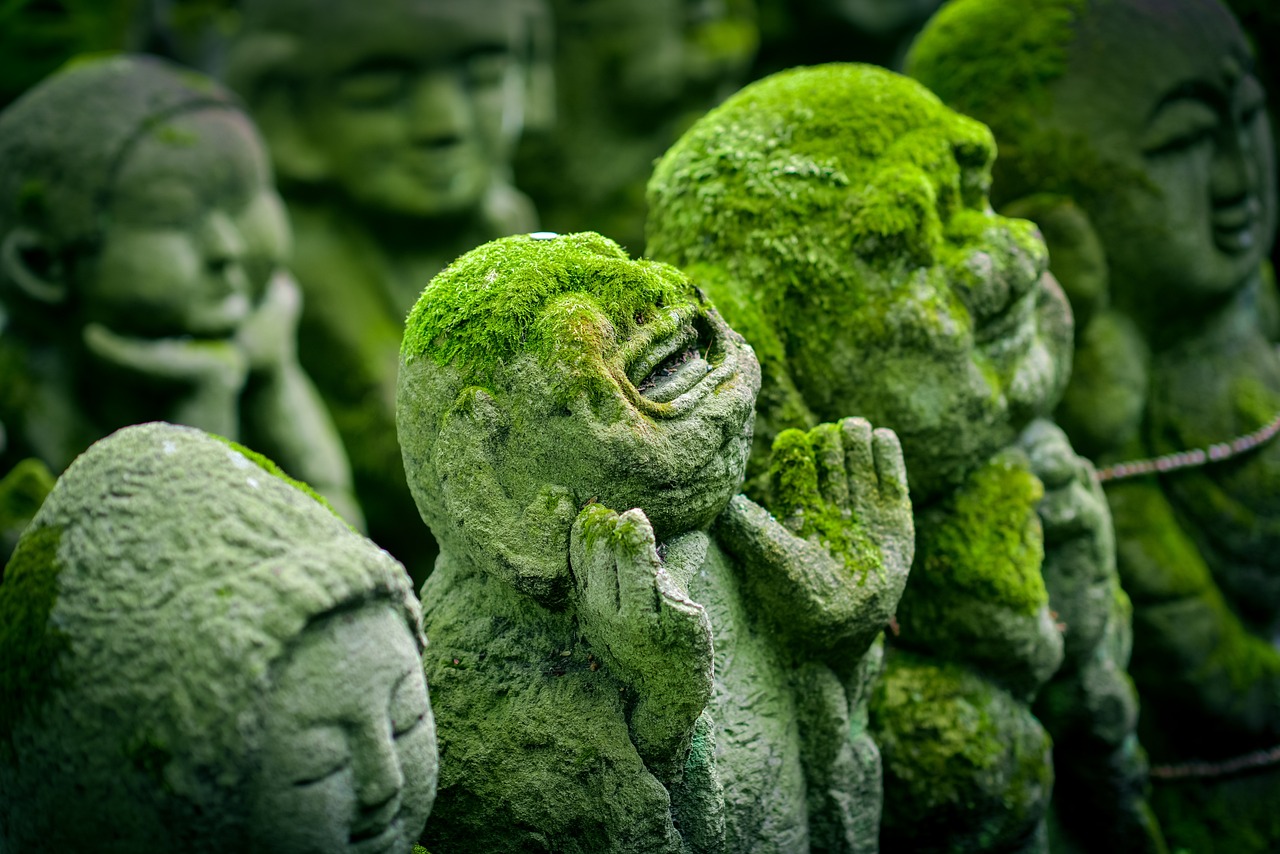
Sacred Spaces and Temples in Mesopotamia
Sacred spaces and temples held a central place in the religious life of ancient Mesopotamia, serving as vital hubs for spiritual activities and community gatherings. These temples were not merely places of worship but also centers of learning, administration, and social interaction. The Mesopotamians believed that these sacred sites were the dwelling places of the gods, where mortals could communicate with the divine and seek blessings for their endeavors.
The temples in Mesopotamia were grand structures, often built on raised platforms called ziggurats, towering above the surrounding landscape as symbols of the connection between heaven and earth. These architectural marvels were adorned with intricate carvings, colorful murals, and sacred symbols, reflecting the cosmological beliefs of the Mesopotamian people.
Within these sacred spaces, priests and priestesses conducted elaborate rituals and ceremonies to honor the gods and goddesses, offering sacrifices, prayers, and incantations to ensure the prosperity and protection of the community. The temple complexes also housed libraries with clay tablets containing religious texts, hymns, and records of offerings, providing a wealth of knowledge about Mesopotamian beliefs and practices.
Moreover, the temples served as economic centers, managing the distribution of agricultural produce, goods, and resources, as well as overseeing trade and commerce. They played a crucial role in the organization of society, with priests and priestesses holding significant influence in political and social matters, acting as intermediaries between the divine and the earthly realms.
These sacred spaces were not only places of religious significance but also architectural wonders that inspired awe and reverence among the Mesopotamian populace. The temples stood as testaments to the ingenuity and craftsmanship of ancient builders, reflecting the spiritual and cultural values of a civilization that continues to captivate and intrigue us to this day.
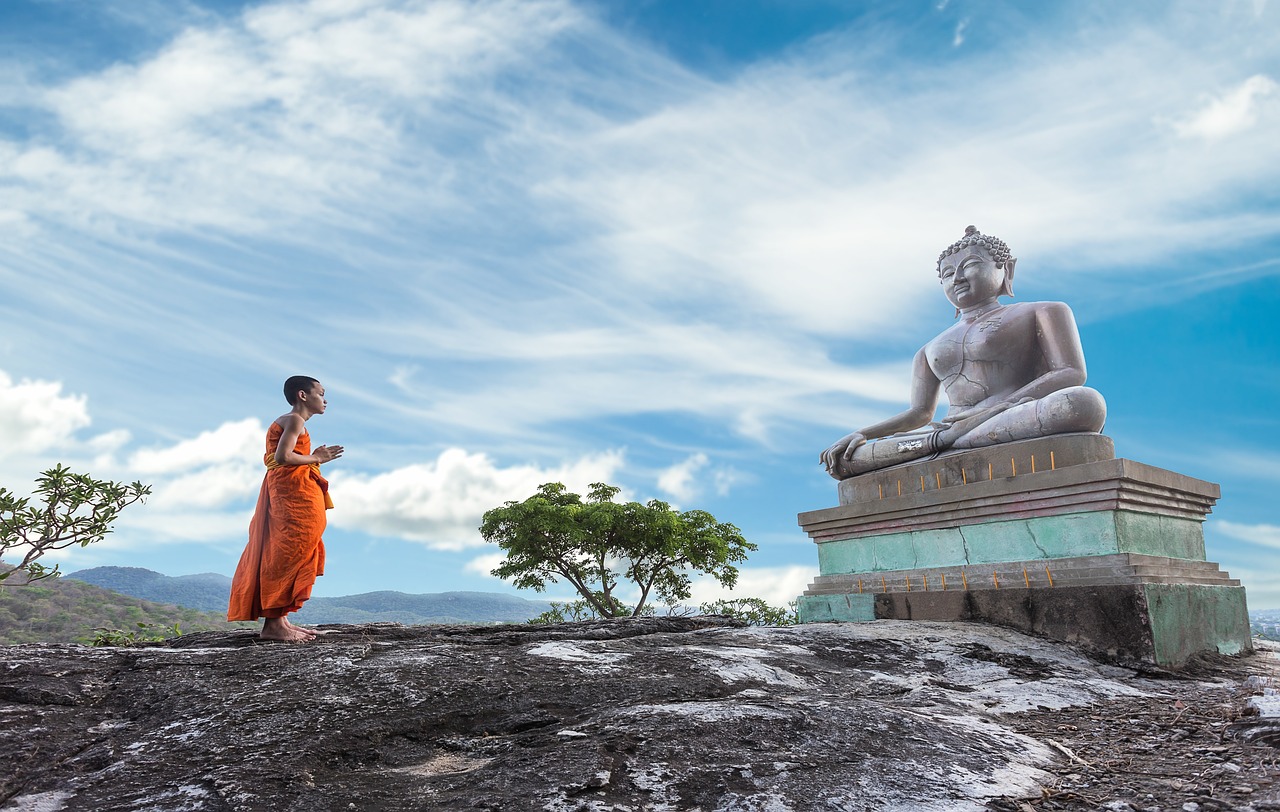
Divination and Prophecy in Mesopotamian Culture
Divination and prophecy played a significant role in the intricate tapestry of Mesopotamian culture, where priests and priestesses acted as intermediaries between the mortal realm and the divine. Through various practices of divination, such as examining the livers of sacrificed animals or interpreting celestial omens, these religious figures sought to unravel the mysteries of the future and provide guidance to individuals and communities. The Mesopotamians believed that the gods communicated their will through signs and symbols, and it was the duty of the priests to decipher these messages and offer insights into the unfolding events.
One of the most famous forms of divination in Mesopotamia was hepatoscopy, the examination of the liver of a sacrificed animal to foretell future events. The intricate patterns and markings on the liver were believed to contain messages from the gods, guiding the priests in making important decisions and predicting the outcomes of battles, harvests, and other significant events. This practice highlights the deep connection between the physical world and the spiritual realm in Mesopotamian belief systems, where every natural phenomenon was seen as a reflection of divine will.
Furthermore, the Mesopotamians placed great importance on celestial omens, believing that the movements of the stars and planets held clues to the unfolding of destiny. Priests studied the night sky meticulously, looking for patterns and anomalies that could provide insights into the future. By interpreting these celestial signs, they could advise rulers on matters of state, predict natural disasters, or offer guidance on personal matters. The intricate knowledge of astronomy and astrology in Mesopotamia reflected the belief that the cosmos held the key to understanding the mysteries of existence.
In addition to these practices, the Mesopotamians also utilized other forms of divination, such as extispicy (reading the entrails of animals), dream interpretation, and the use of oracles. These methods allowed the priests to delve into the unseen realms and tap into the wisdom of the gods, offering a glimpse into the hidden forces shaping human destiny. The intricate rituals and ceremonies surrounding divination in Mesopotamia underscored the belief in a complex web of connections between the mortal world and the divine, where every action had spiritual significance and every event held deeper meaning.
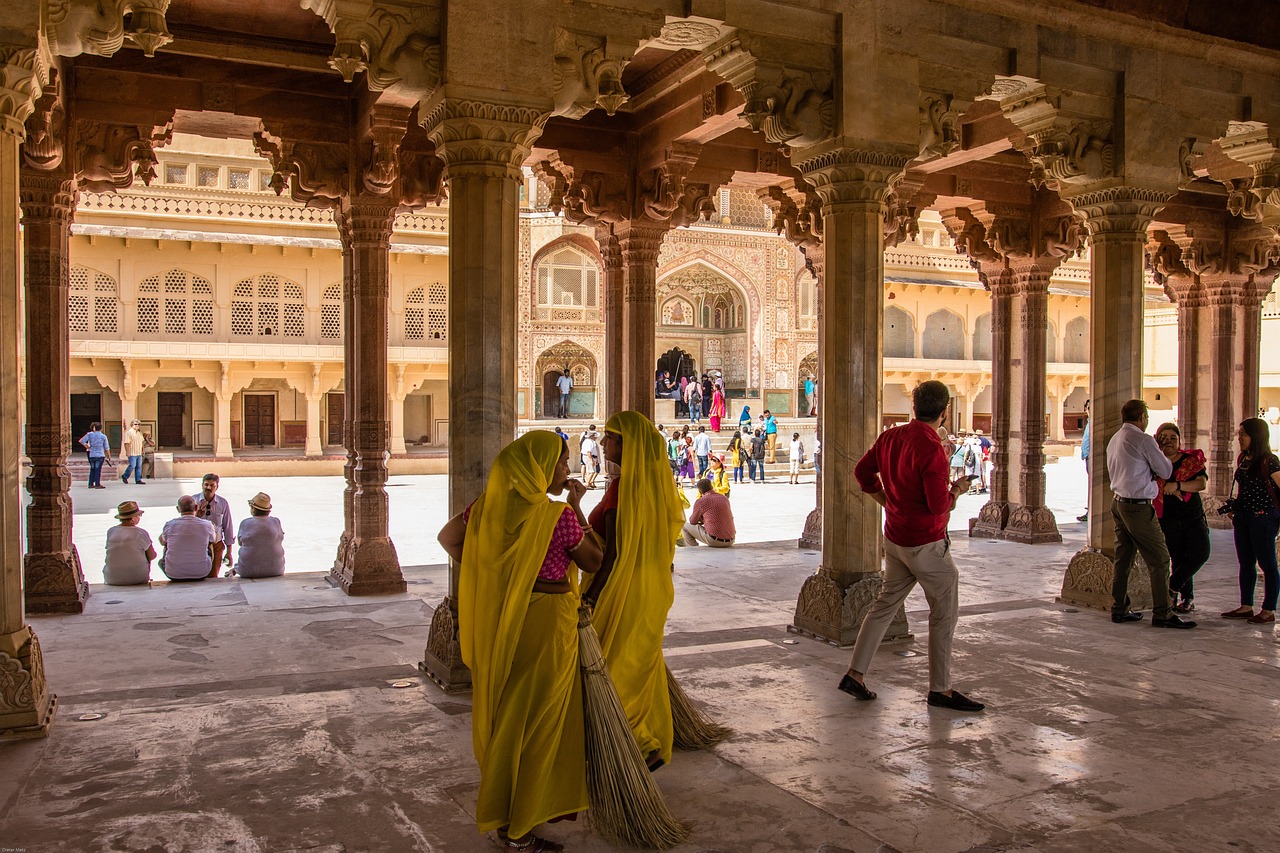
Afterlife Beliefs and Funerary Practices
In ancient Mesopotamian culture, beliefs about the afterlife and funerary practices played a significant role in shaping religious traditions and societal norms. Mesopotamians held a complex view of the afterlife, believing that the soul journeyed to the underworld after death, a realm ruled by the goddess Ereshkigal and her consort Nergal. This underworld was envisioned as a dark and dreary place, where the souls of the deceased led a shadowy existence. To ensure a safe passage to the afterlife, funerary practices were meticulously observed.
One of the key funerary practices in Mesopotamia was the burial of the deceased with grave goods, including food, drink, and personal belongings, to accompany them on their journey to the underworld. These offerings were believed to sustain the soul in the afterlife and provide comfort in the realm of the dead. Additionally, elaborate burial rituals were performed to honor the deceased and ensure their peaceful transition to the underworld.
Funerary rites were often overseen by priests and priestesses, who conducted ceremonies to appease the gods and ensure the deceased received proper blessings for their journey. These rituals involved prayers, incantations, and offerings to the gods of the underworld, seeking their favor and protection for the departed soul. The role of the priests and priestesses in funerary practices was crucial in maintaining the spiritual connection between the living and the dead.
Furthermore, Mesopotamians believed in the importance of proper burial rites to secure a favorable afterlife for the deceased. Failure to provide a proper burial could result in the soul wandering the earth as a restless spirit, unable to find peace in the underworld. Therefore, funerary practices were conducted with great care and attention to detail, ensuring that the deceased received the necessary provisions and blessings for their journey beyond earthly existence.
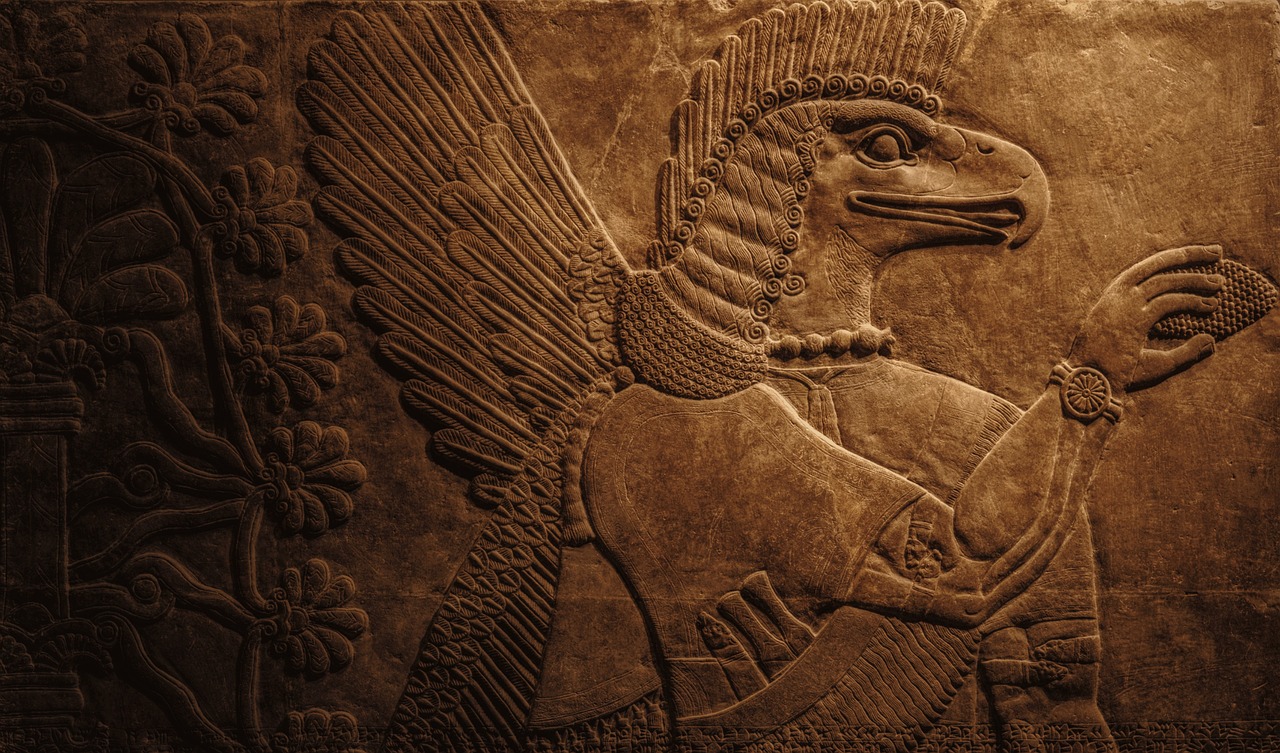
Influence of Mesopotamian Religion on Later Cultures
Throughout history, the ancient Mesopotamian religions have left a profound impact on later cultures, shaping the development of art, literature, and religious thought in significant ways. The rich tapestry of Mesopotamian beliefs and practices has served as a source of inspiration for subsequent civilizations, influencing their own religious traditions and cultural expressions.
One of the most notable influences of Mesopotamian religion can be seen in the concept of a pantheon of gods and goddesses with distinct roles and attributes. Many later cultures, such as the Greeks and Romans, adopted this polytheistic structure in their own religious systems, attributing specific powers and domains to various deities.
Additionally, the epic tales and mythological narratives of Mesopotamia, such as the Epic of Gilgamesh, have served as foundational texts that influenced the development of storytelling and literature in subsequent societies. Themes of heroism, divine intervention, and the struggle for immortality can be traced back to these ancient Mesopotamian myths.
The architectural legacy of Mesopotamian temples and sacred spaces has also had a lasting impact on later cultures. The design and layout of Mesopotamian ziggurats, massive stepped pyramids dedicated to specific deities, inspired the construction of religious structures in civilizations such as ancient Egypt and Mesoamerica.
Furthermore, the practices of divination and prophecy, central to Mesopotamian religious life, have found echoes in the oracles and seers of other cultures. The idea of seeking guidance and insight from the divine through signs and omens has persisted through the ages, shaping beliefs in fate and destiny.
Overall, the enduring legacy of Mesopotamian religion on later cultures is a testament to the power and influence of ancient beliefs and practices. By exploring and understanding the contributions of Mesopotamian civilization to the religious and cultural landscape of the world, we gain valuable insights into the interconnectedness of human history and the enduring impact of ancient traditions.
Frequently Asked Questions
- What were the main deities worshipped in ancient Mesopotamia?
Ancient Mesopotamians worshipped a diverse pantheon of gods and goddesses, including prominent deities such as Anu, Enlil, Inanna, and Marduk. Each deity had specific roles and attributes, influencing various aspects of life and nature.
- What were some common rituals performed in Mesopotamian religious practices?
Mesopotamian rituals often involved offerings, prayers, and ceremonies conducted by priests and priestesses in temples. These rituals aimed to seek divine favor, ensure agricultural fertility, and maintain cosmic order.
- How did Mesopotamians view the afterlife and what were their funerary practices?
Mesopotamians believed in an underworld called the "Land of No Return," where souls journeyed after death. Funerary practices included burial with grave goods, offerings to the deceased, and rituals to ensure a safe passage to the afterlife.
- What was the significance of divination and prophecy in Mesopotamian culture?
Divination and prophecy played crucial roles in Mesopotamian society, where priests interpreted signs and omens to provide guidance on various matters such as agriculture, politics, and personal fortunes.
- How did Mesopotamian religious beliefs influence later cultures?
The religious beliefs and practices of ancient Mesopotamia had a profound impact on subsequent civilizations, influencing art, literature, and religious thought in the ancient Near East and beyond.


















